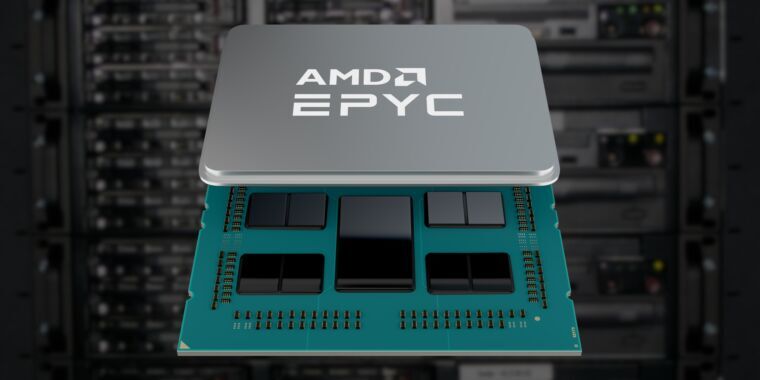

In that case I’d recommen you use immich-go to upload them and still backup only immich instead of your original folder, since if something happens to your immich library you’d have to manually recreate it because immich doesn’t update its db from the file system.
There was a discussion in github about worries of data being compressed in immich, but it was clarified the uploaded files are saved as they are and only copies are modified, so you can safely backup its library.
I’m not familiar with RAID, but yeah, I’ve also read its mostly about up time.
I’d also recommend you look at restic and duplocati.
Both are backup tools, restic is a CLI and duplocati is a service with an ui.
So if you want to create the crons go for restic.
Tho if you want to be able to read your backups manually maybe check how the data is stored, because I’m using duplicati and it saves it in files that need to be read by duplicati, I’m not sure if I could go and easily open them unlike the data copied with rsync.










My unpopular opinion is I like ads, some are well thought, funny, and memorable.
Ads in videogames which allow you to have a small boost are also amazing, I don’t have to spend money, just leave my phone for 30~60 seconds and I get a bit of premium currency while supporting the devs.
The annoying/worrisome part is all the tracking the ads have, and the ones which are very invasive which take half of the screen.
If we could go back to TV ads where everyone watches the ads without individual targeting, and with current technology to protect against hacking, and getting them in sensible places to not hide the content I would place and exception in my ublock and pihole for them.